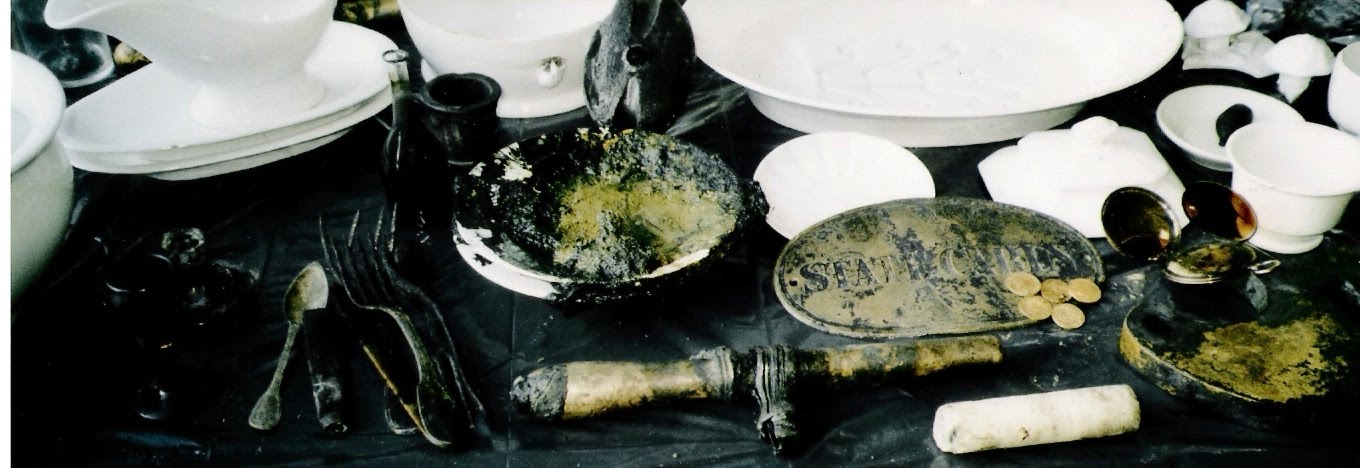There's much more to the Chinese city of Xian than its famous Terracotta Warriors, writes Pauline Webber
XIAN is famous because, 36 years ago, a couple of peasant farmers digging a well in a field near the town unearthed a clay figure of a soldier. Thousands more followed - and the haul was dated to 210BC.Today, the so-called Terracotta Warriors are archaeology's poster boys and they've made the capital of China's Shaanxi province a popular tourist destination. But this ancient walled city, once home to emperors and intrigue, and as important to the East as Rome was to the West, has other pleasures and sights to offer visitors who are prepared to linger.
First impressions, however, are not promising. We arrive early in the morning at Xian railway station after a night comfortably ensconced in a sleeper compartment of the sleek, modern express train from Beijing to find a chaos of people, trolleys, chickens, luggage, shrieking and fumes. After several minutes' searching we have still not discovered an exit.We are rescued by a small, enthusiastic man calling himself Jack who promises to deliver us to our hotel free of charge. After many more minutes following him down stairs and through tunnels we eventually emerge in an underground car park where the air is scarcely breathable. We climb gratefully into Jack's people-mover and, like stranded fish, gulp down the cool air zooshing from the air-conditioner.
By the time we are settled into our sun-filled hotel room overlooking the city's historic bell tower our confidence and lung capacity have returned. Our hotel, unsurprisingly named The Bell Tower, is slap-bang in the middle of town. It faces the enormous square that contains at its centre the "new" bell tower, a pagoda-like structure built in the 1730s, which replaced the "old" tower, dating from the 14th century. It sits on the axis of the wide main roads that run, straight as arrows and abuzz with traffic, north-south and east-west to the gates of the city walls.A few minutes' walk takes us to the Muslim Quarter, which has been home to Islamic Hui and Uyghur people for centuries; the veiled women, the men in embroidered skull-caps, the mud-brick houses, the food stalls with flat bread stacked in great mounds, the grilling meat, make us feel as if we are much farther west, in Xinjiang province.
 Picture: David Webber
Picture: David Webber
Posted via email from
.jpg)
No comments:
Post a Comment